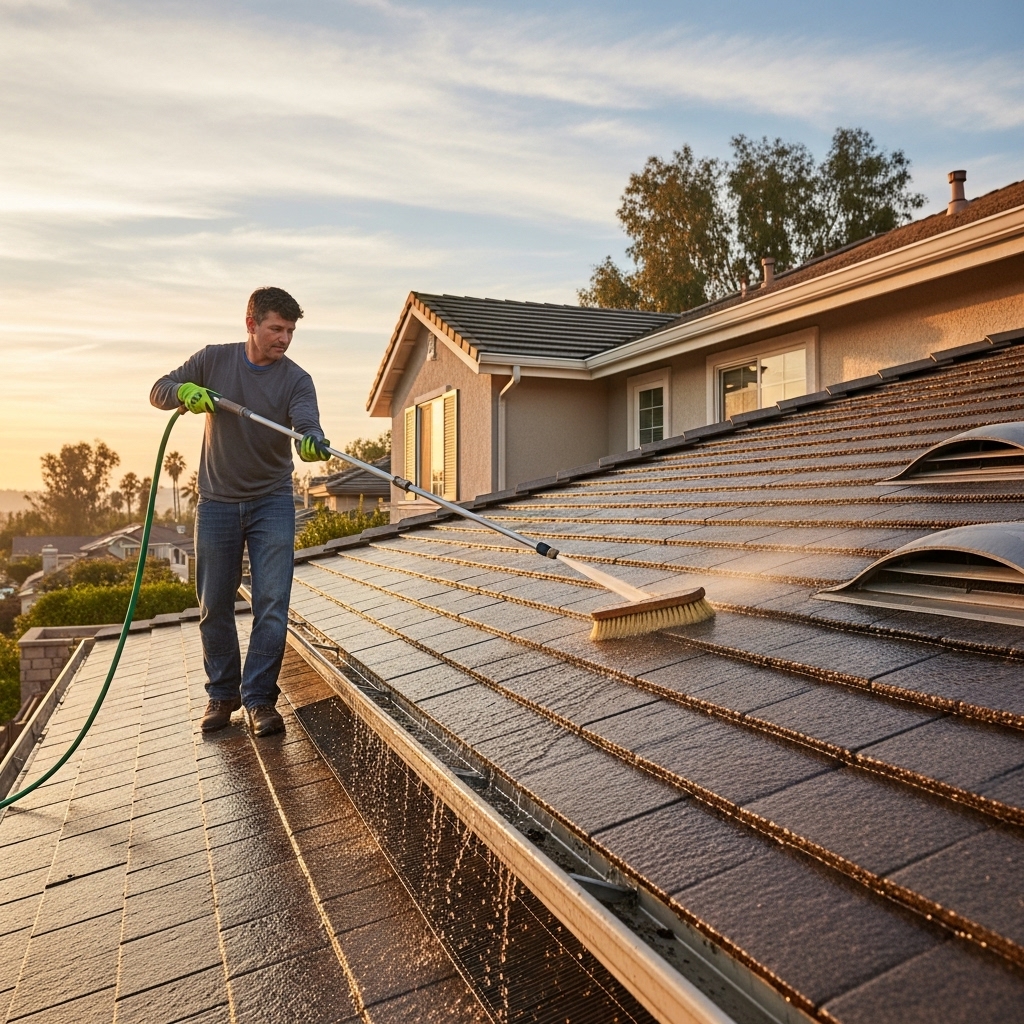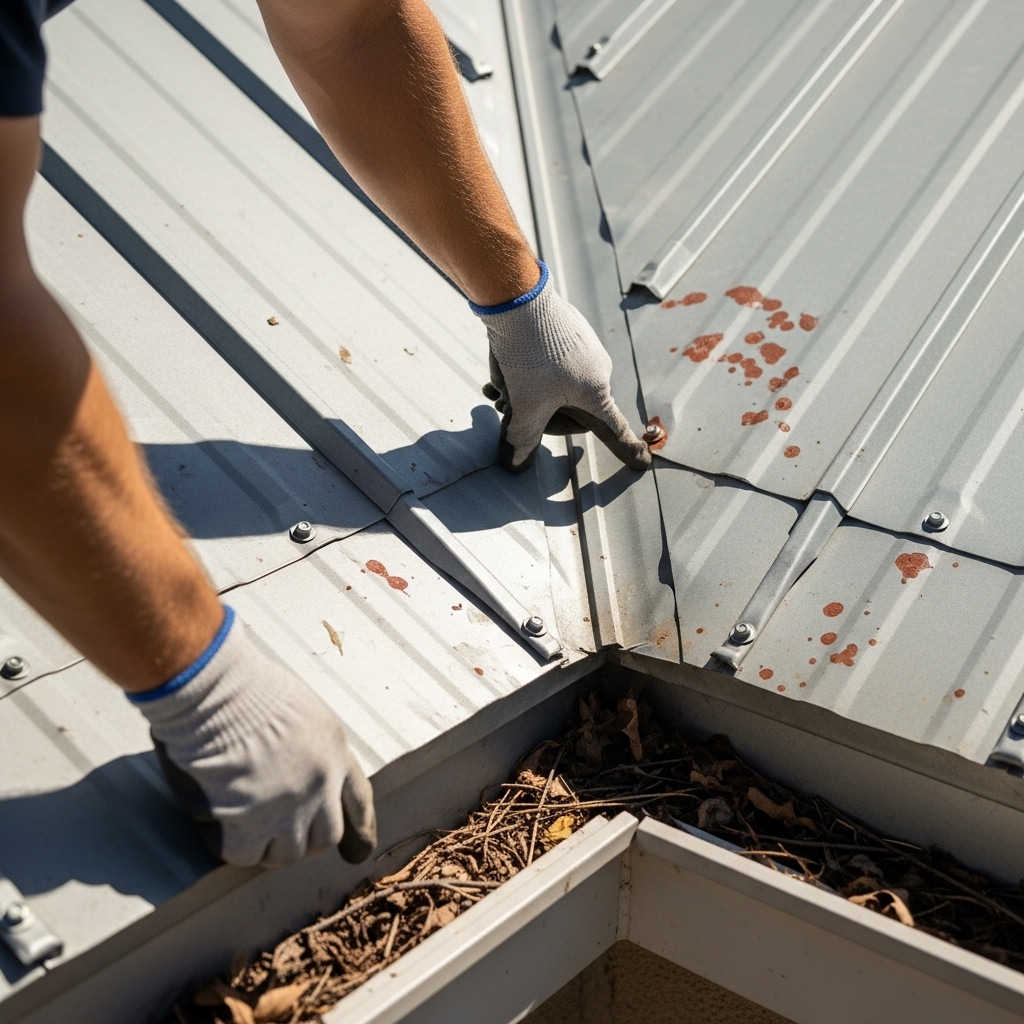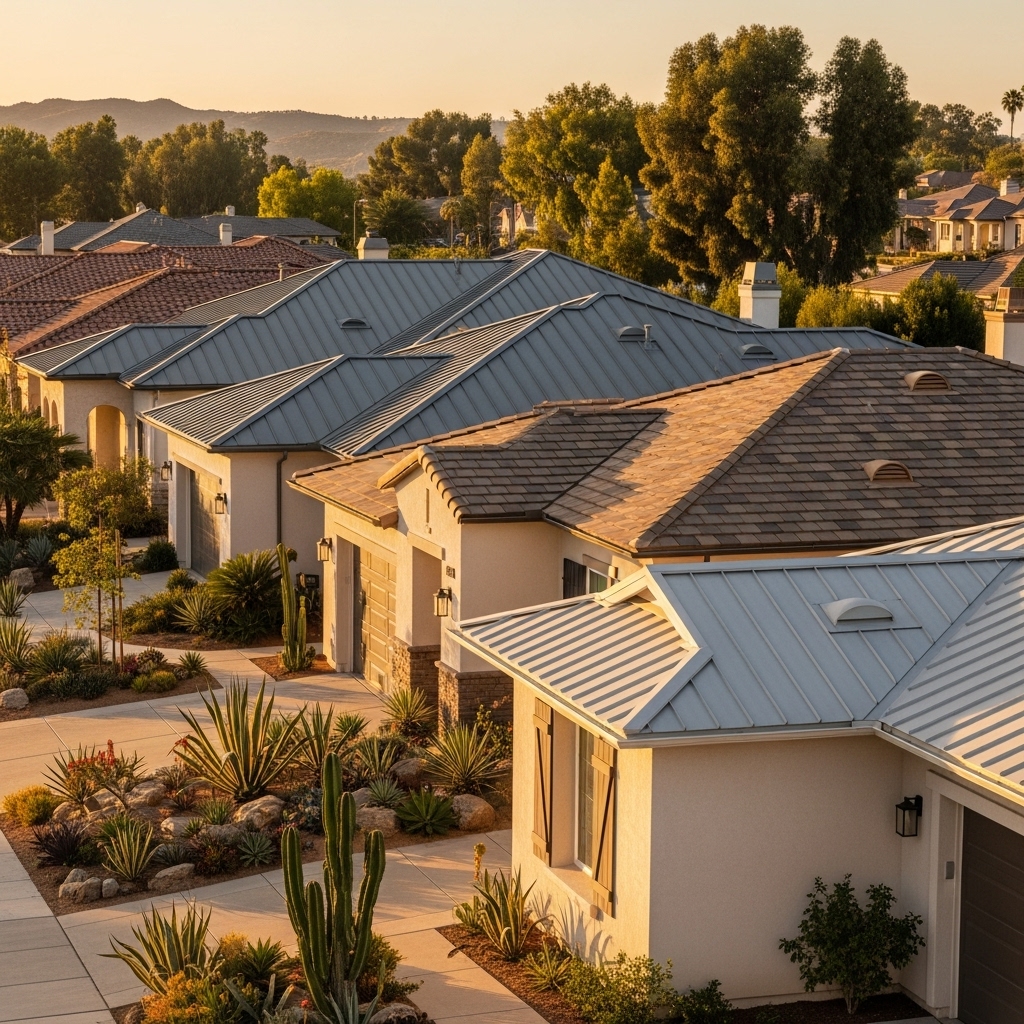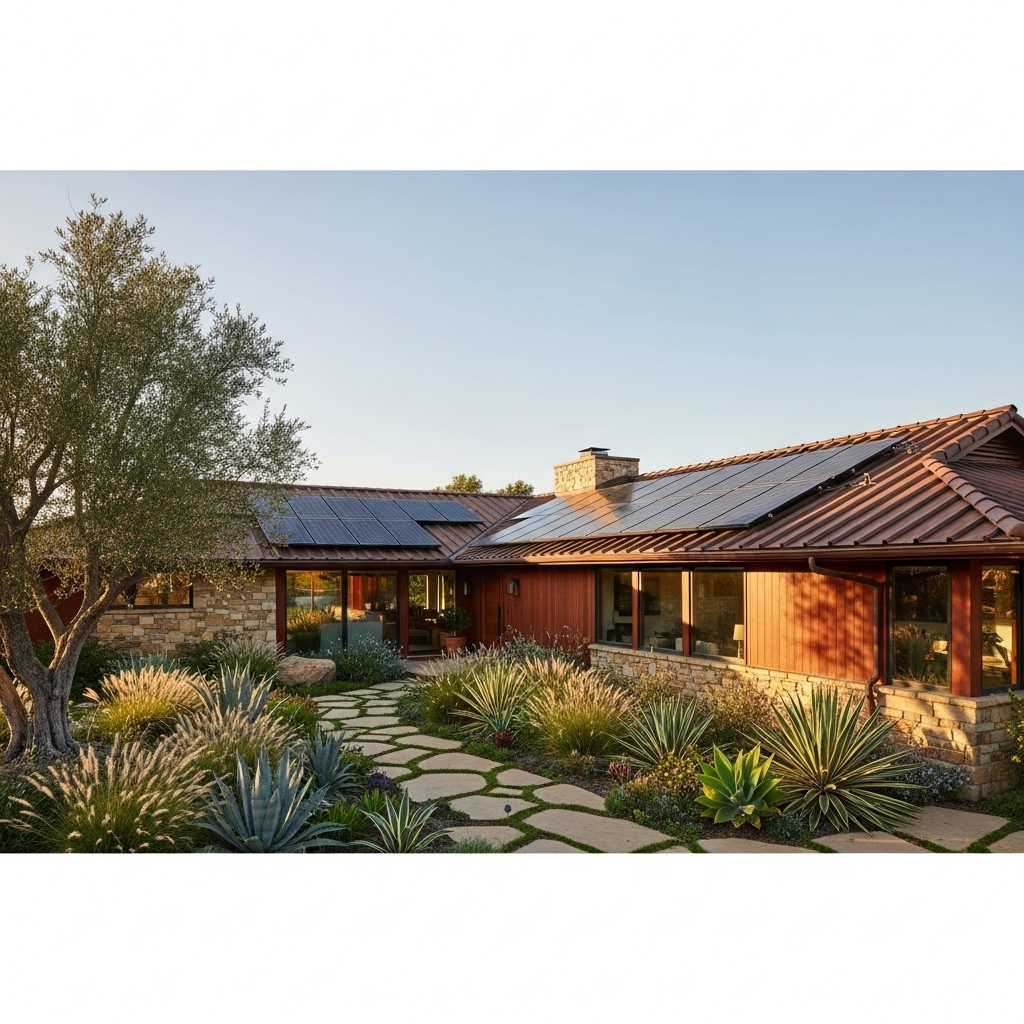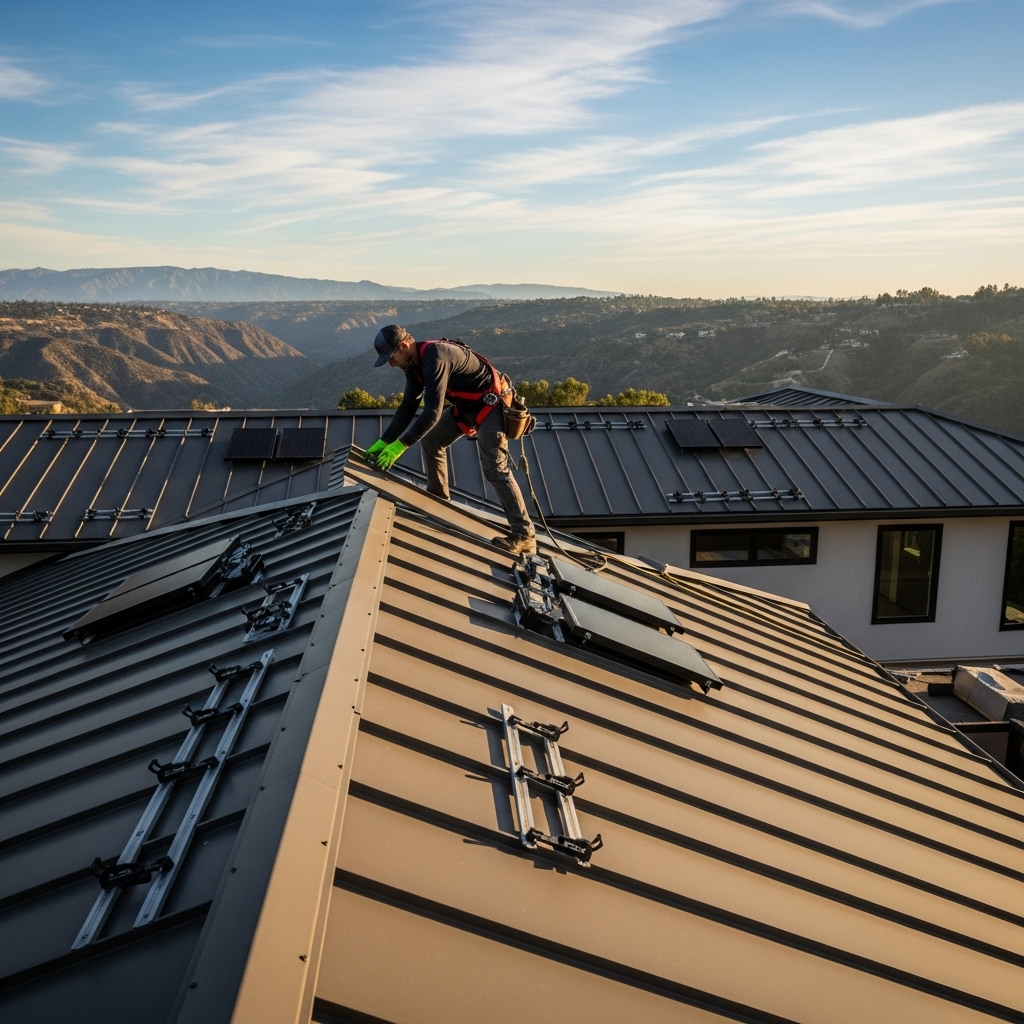What Makes Tile Roofing a Long-Term Solution
Tile roofing is known for its impressive longevity, often outlasting other materials by decades. Its durability comes from its resistance to weather extremes, including intense sun, heavy rain, and strong winds. Unlike materials that may warp, crack, or erode, tile roofing retains its structure and appearance with minimal maintenance. This resilience makes it a reliable choice for homeowners who want peace of mind and lasting protection.
Tile Roofing Provides Superior Weather Resistance
One of the main reasons tile roofing is so durable is its ability to withstand harsh weather conditions. Whether it’s the scorching heat of summer or cold winter storms, tile roofing performs consistently well. Its dense composition repels water, while its structure resists damage from hail or debris. With proper installation, tile roofing also creates a strong thermal barrier, enhancing indoor comfort and reducing strain on HVAC systems.
How Tile Roofing Stands the Test of Time
Unlike wood or asphalt shingles that can deteriorate over time, tile roofing maintains its integrity and aesthetic appeal. Its composition—whether clay or concrete—makes it highly resistant to fire, rot, and insect damage. Homes with tile roofing not only benefit from reduced replacement costs over time but also maintain higher resale value due to the roof’s enduring condition.
Low Maintenance and High Value with Tile Roofing
While all roofs require some level of upkeep, tile roofing demands far less frequent attention. Its individual tiles are easily replaceable if broken, and its color does not fade quickly, which means less repainting or cosmetic repair. These factors contribute to its low long-term cost and make it a practical investment for any property owner looking for value without constant hassle.
Environmental Benefits of Choosing Tile Roofing
Tile roofing is often made from natural materials that are recyclable, making it a greener choice than many synthetic alternatives. Its long lifespan also reduces waste by eliminating the need for frequent roof replacements. Additionally, its thermal insulation properties help lower energy use, creating a more sustainable home environment.
Read More:


